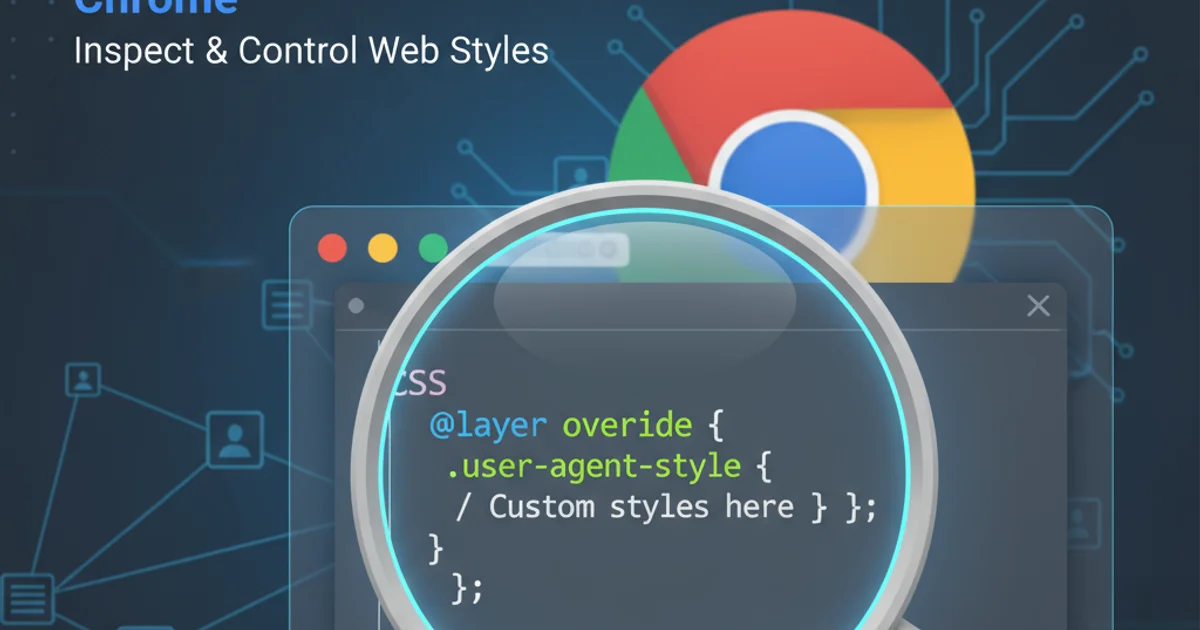Working with a union of structs in C
Categories:
Working with a Union of Structs in C

Explore how to effectively use unions to store different struct types in C, optimizing memory usage and understanding data interpretation.
In C programming, unions provide a way to store different data types in the same memory location. While a struct allows you to bundle different data types together, a union allows you to store one of several different data types at any given time. When combined with structs, unions become powerful tools for memory optimization and flexible data representation, especially when dealing with polymorphic data or message parsing.
Understanding Unions and Structs
Before diving into a union of structs, it's crucial to grasp the fundamental differences between struct and union. A struct allocates memory for all its members, allowing you to access them simultaneously. A union, however, allocates memory only for its largest member, meaning only one member can be actively used at a time. Accessing a member that was not the last one written to results in undefined behavior, making careful management essential.
classDiagram
class StructA {
+int id
+char name[20]
}
class StructB {
+float value
+double timestamp
}
class MyUnion {
+StructA a
+StructB b
}
MyUnion --|> StructA : contains
MyUnion --|> StructB : containsConceptual diagram showing a union containing two different struct types.
Defining a Union of Structs
To define a union of structs, you first declare the individual struct types, and then embed them as members within a union. This setup allows a single variable of the union type to hold data conforming to any of the embedded struct types. A common pattern is to include an enum or an int tag within an outer struct to indicate which member of the union is currently active, preventing misinterpretation of data.
typedef enum {
TYPE_A,
TYPE_B
} DataType;
typedef struct {
int id;
char name[20];
} DataA;
typedef struct {
float value;
double timestamp;
} DataB;
typedef union {
DataA a;
DataB b;
} DataUnion;
typedef struct {
DataType type;
DataUnion data;
} Packet;
// Example usage:
// Packet p;
// p.type = TYPE_A;
// p.data.a.id = 101;
// strcpy(p.data.a.name, "Item A");
Defining structs, a union, and an outer struct with a type tag.
DataType type in the Packet struct) to keep track of which union member is currently active. This is crucial for safe and correct data access.Accessing and Managing Data
When working with a union of structs, accessing the data requires checking the type tag to determine which struct is currently stored. Attempting to access a member that doesn't correspond to the active type will lead to reading garbage data or undefined behavior. This pattern is particularly useful in scenarios like network packet parsing, where a single message structure might encapsulate various payload types.
#include <stdio.h>
#include <string.h>
// ... (DataType, DataA, DataB, DataUnion, Packet definitions from above) ...
int main() {
Packet p1;
p1.type = TYPE_A;
p1.data.a.id = 101;
strcpy(p1.data.a.name, "Item A");
Packet p2;
p2.type = TYPE_B;
p2.data.b.value = 3.14f;
p2.data.b.timestamp = 1678886400.0;
printf("\n--- Packet 1 ---\n");
if (p1.type == TYPE_A) {
printf("Type: DataA\n");
printf("ID: %d\n", p1.data.a.id);
printf("Name: %s\n", p1.data.a.name);
} else if (p1.type == TYPE_B) {
printf("Type: DataB\n");
printf("Value: %f\n", p1.data.b.value);
printf("Timestamp: %lf\n", p1.data.b.timestamp);
}
printf("\n--- Packet 2 ---\n");
if (p2.type == TYPE_A) {
printf("Type: DataA\n");
printf("ID: %d\n", p2.data.a.id);
printf("Name: %s\n", p2.data.a.name);
} else if (p2.type == TYPE_B) {
printf("Type: DataB\n");
printf("Value: %f\n", p2.data.b.value);
printf("Timestamp: %lf\n", p2.data.b.timestamp);
}
// Demonstrating memory size
printf("\nSize of DataA: %zu bytes\n", sizeof(DataA));
printf("Size of DataB: %zu bytes\n", sizeof(DataB));
printf("Size of DataUnion: %zu bytes (should be max of DataA/DataB)\n", sizeof(DataUnion));
printf("Size of Packet: %zu bytes (size of DataType + size of DataUnion)\n", sizeof(Packet));
return 0;
}
Example of initializing and safely accessing data within a union of structs.
p.data.b.value when p.type is TYPE_A) leads to undefined behavior. The compiler won't warn you, so strict adherence to the type tag is critical.flowchart TD
A[Start]
B{Packet Received}
C{Check Packet.type}
D{Packet.type == TYPE_A}
E[Process as DataA]
F[Process as DataB]
G[End]
A --> B
B --> C
C --> D
D -- "Yes" --> E
D -- "No" --> F
E --> G
F --> GFlowchart illustrating the process of handling a union of structs based on a type tag.